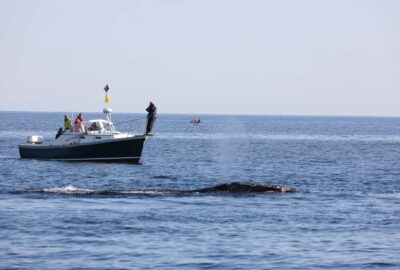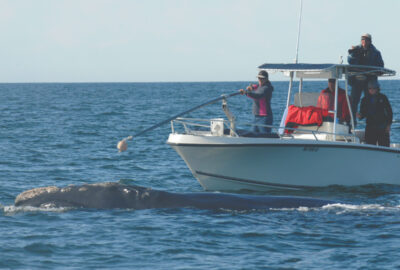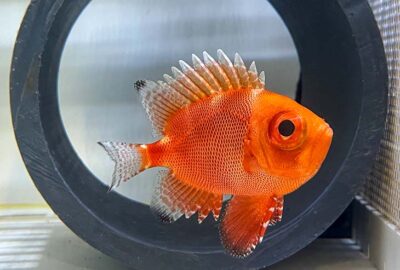Please note: We strongly recommend purchasing tickets online in advance to guarantee entry, as we do sell out on weekends.
Post-release survivorship of Pacific bluefin tuna (Thunnus orientalis) captured in the California recreational fishery
By C.A. Sepulveda, S.A. Aalbers, Michael Wang, Jeff Kneebone, Diego Bernal
Originally published in Fisheries Research in March 2020

Abstract
In the eastern north Pacific, Pacific bluefin tuna (PBF, Thunnus orientalis) support seasonal fishing operations aboard a diverse fleet of commercial and recreational vessels. Recent PBF stock projections have identified a reduced spawning stock biomass, which has resulted in management restrictions and capacity reduction in all U.S. west-coast fisheries. Although recreational fisheries only account for a minor component of west coast harvest, a bag limit reduction from 10 to 2 fish person−1 day−1 was implemented in 2014. Considering the potential for increased number of PBF released in the fishery, this study assessed post-release disposition using a combination of electronic (Wildlife Computers sPAT) and conventional tags. Additionally, biochemical indices of capture stress were measured in the blood and coupled with tagging data to better understand the physiological response that is mounted as a result of time on the line (fight time). PBF were caught using standardized recreational fishing gear following protocols and techniques currently used by the southern California fleet. Survivorship was based on tagging data from 40 electronically tagged PBF ranging in size from 82 to 148 cm FL (∼11-63 kg) and blood sampling was performed on an additional 49 PBF (80 to 170 cm FL). Tagging results yielded only one immediate mortality for the fish with the longest fight time (280 min; 97.5% survivorship). Additionally, there was also one predation event that occurred seven days after release; if the predation is included as a capture-related mortality, the combined survivorship estimate is 95%. Results from the blood chemistry analyses show a direct correlation between fight time and the levels of blood stress indicators. When compared with the electronic tagging data, it is evident that the physiological impact of the angling event does not appear to be sufficient to impede post release survival, at least when time on the line is less that that examined in this study (<70 min). Collectively, these data show that when handled properly, PBF can tolerate and survive the acute effects of capture and release when using west coast recreational fishing methods.
Full Text





